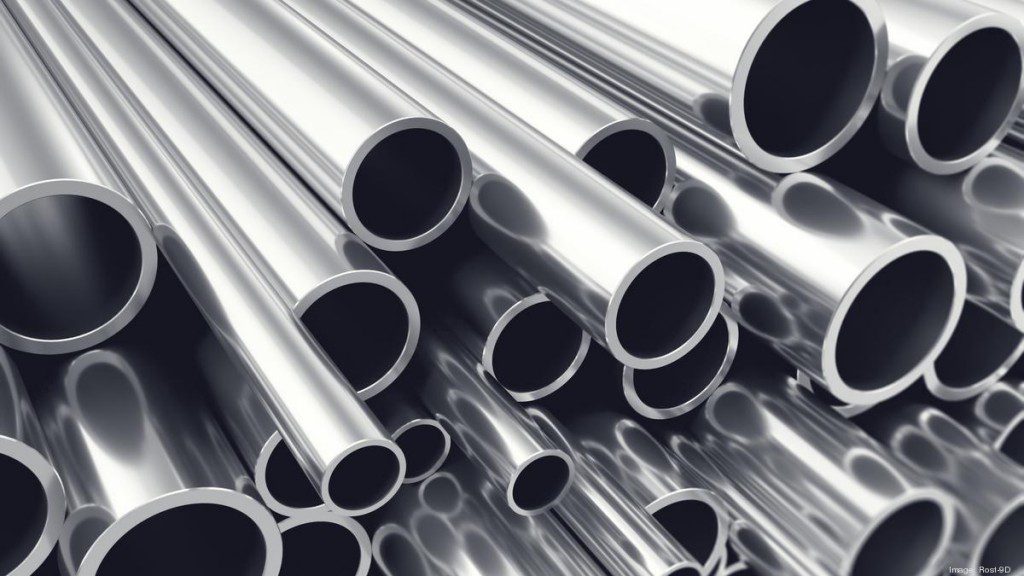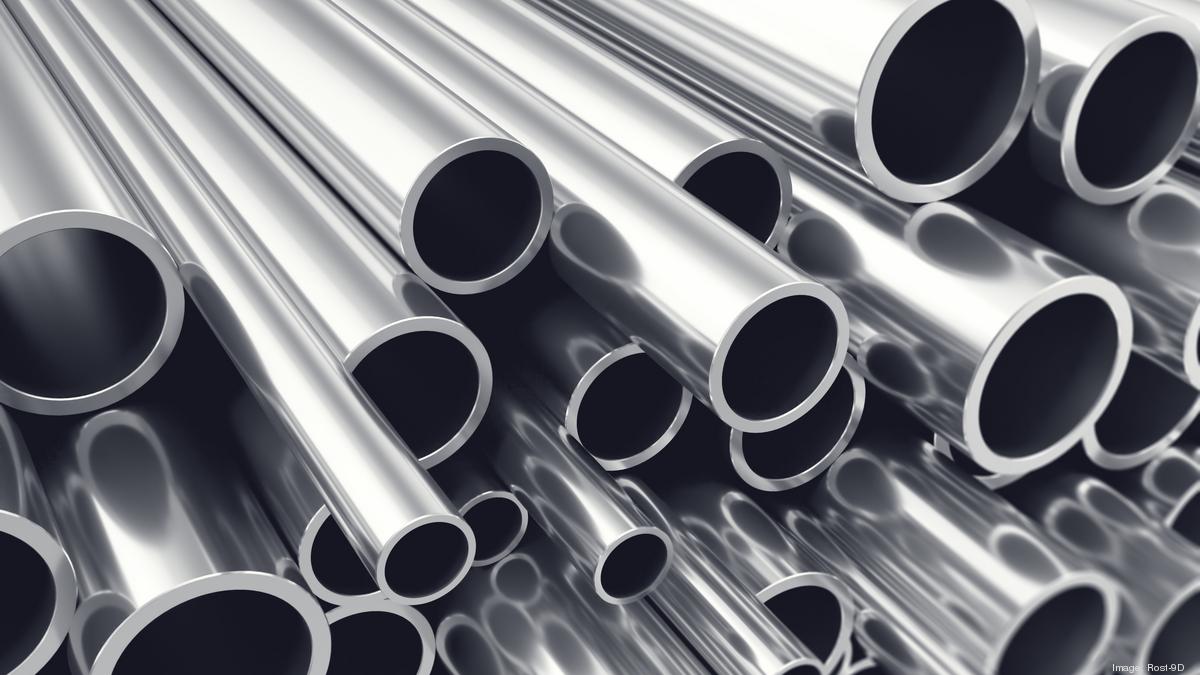When you consider that there are well over fifty stainless steels that are recognized as standard alloys it is not hard to envisage the possibility of an almost infinite number of applications where steel can provide the right manufacturing answer. Steel manufacturing is a massive businesses that employs millions of people. Steel tycoon Lakshmi Mittal is among the 10 richest Indians.
Here is a look at some of the various techniques and methods used in the production of this enduringly popular and versatile metal, and the business behind it.

Laser ablation
Custom ablation processes is always a viable option when you are finding it difficult to find a more mainstream manufacturing solution for the task.
What happens with a custom ablation process is that it is able to remove layers of substrate or coatings without having an impact on other areas or aspects of the manufactured item.
This gives you the ability to create bespoke patterns on a wide variety of materials.
Cold rolling
In the majority of applications, the way to create the shape you want with your raw steel product is to heat it up to the required temperature so that it becomes malleable and can then be manipulated and forged into the pattern or shape that you require.
Cold rolling is a fairly accurate descriptive term because it is a process that involves working with the metal at a temperature level that is below its recrystallization point, allowing mechanic stress rather than heat to make the changes.
Hot-dip galvanization
This is just one form of galvanization and it is a process of coating the steel with zinc.
By exposing the base metal to molten zinc at a temperature that reaches almost 450 degrees centigrade, the reaction with oxygen creates zinc oxide and subsequently initiates a chain reaction with carbon dioxide, which results in zinc carbonate.
What you end up with is a steel product that offers corrosion resistance.
Tempering
The process of tempering is about helping to improve the strength of steel by heating it to a high temperature before air cooling.
A good reason for tempering steel is that it increases its toughness and reduces the prospect of internal stress.
Use carburizing for mild steel
What is referred to as mild steel, is a type of steel that features a low count of carbon.
The advantage of having such a low content of carbon is that you create a mild steel that becomes a lot easier to work with. You can then harden the steel to improve its mechanical properties if it is too soft for its chosen application once it has been shaped.
Annealing
As part of the steel-making process and in order to produce a high quality finished product there is the option to soften the hot rolled product though annealing, followed by a descaling process known as pickling, which is where the metal is pickled with acids.
Ferritic stainless steel
In order to create ferritic steels, you will need to add iron and chromium, and for austenitic stainless steels, nickel needs to be included within the mixture.
This raw material is then melted in an electric arc furnace before going through a casting machine which produces the steel in slabs.
Millions of tons of steel are created and shipped around the globe and it is a material that is highly versatile in the way it is produced and valued by so many different industries because of its highly versatile manufacturing possibilities.
